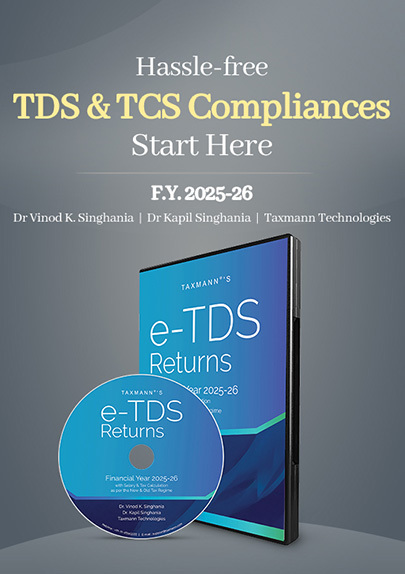[Opinion] Faceless Assessments | Problems to Be Addressed for the Tax Reform Clock Not to Be Turned Back!!
- Blog|News|Income Tax|
- 3 Min Read
- By Taxmann
- |
- Last Updated on 3 December, 2024

Mayank Mohanka – [2024] 168 taxmann.com 648 (Article)
Friends, just as the baby caterpillar sheds its cocoon and metamorphose itself into a beautiful butterfly, the faceless assessment scheme, which was introduced as a pilot scheme for just 58,000 odd assessment cases in October, 2019, has now blossomed itself into its ‘PAN India Avatar’, with its full-scale implementation across the Country, covering almost the entire gamut of assessments and reassessments, barring just search and international taxation cases.
However, five years down the line, in the run up to the Union Budget 2024-25, speculations and rumours were rife that the Indian Tax Administration is considering introducing a hybrid mode of assessments, wherein the assessees will be given an option to choose from the faceless mode or the conventional manual mode of assessments. The basis of this speculation was certain media reports.
With no budget amendments pertaining to the faceless assessments’ regime in the Finance (No.2) Act, 2024, all the speculations of the tax administration’s purported inclination towards turning the tax reform of the faceless assessment clock, back to the conventional manual mode of assessments, had been put to an end. Still, it is true that there is no smoke without fire.
In hindsight, there are several real and burning issues and problematic areas and ground level difficulties, which this otherwise revolutionary, tax reform of the faceless assessments, has to address in its true spirit, so that in future, the need or the desire of rolling back to the conventional manual assessments doesn’t come to the fore, again.
Some of such issues requiring immediate redressal by the Legislature in the ongoing comprehensive review of the Income Tax Act, are discussed below.
1. NaFAC is merely acting as a Postman or a Messenger
The National Faceless Assessment Centre (NaFAC) was being projected as a powerful nodal authority to regulate, supervise and monitor the conduct of assessments in a faceless manner, and to serve as an effective and meaningful bridge between the assessee and the assessment authority. It was supposed to vet the quantity and quality of the scrutiny notices, requisitions and questionnaire being issued by the faceless assessment authority as well as the assessment order being passed by the faceless assessment officer. However, the last five years of ground-level implementation of the faceless assessments have made it very clear and duly evident that the NaFAC has been reduced merely to a postman or a messenger between the assessee and the faceless assessment authority. In order to inculcate a much-needed check and control in the quality of the assessment orders being churned out by the faceless hierarchy, it is high time, the NaFAC rises to its perceived stature of an effective and efficient quality controller and supervisor of the conduct of the faceless assessments, in a true and fair and hassle-free manner.
2. Absence of the ‘Team-Based’ Assessment in Real Sense
The second problematic issue is the absence of the ‘team-based’ conduct of assessment in the faceless mode, in real sense. When the faceless assessment regime was first introduced in the year 2019, the most promising and meritorious advantage of this new tax reform, as projected by the Legislature was the conduct of the faceless assessments in a team-based manner and not by an individual. But the Finance Act 2022, amended the definition of the ‘Assessment Unit (AU) to be comprising of an individual assessing officer only and not any team of assessing officers. Though there are different prescribed functional income tax authorities like the technical unit, verification unit and the review unit, but their respective role and involvement is also subject to the discretion of an individual assessing officer forming the assessment unit (AU).
Thus, currently the only difference between the conventional manual mode of erstwhile assessments and the faceless assessments is that in the faceless regime, the assessing officer is not the jurisdictional assessing officer of the assessee, but belongs to a dynamic jurisdiction and located in some different geographical location. The assessing officer happens to be an individual person only, with its identity not revealed to the assessee. So, there is no ‘team-based’ assessment happening in real sense, at the ground level implementation of the faceless assessments. The only ‘team-based’ conduct, which is unfortunately happening is the slowly creeping in of the back-door malfeasance, resulting in the faceless assessment regime, gradually losing its credence.
Click Here To Read The Full Article
Disclaimer: The content/information published on the website is only for general information of the user and shall not be construed as legal advice. While the Taxmann has exercised reasonable efforts to ensure the veracity of information/content published, Taxmann shall be under no liability in any manner whatsoever for incorrect information, if any.



 CA | CS | CMA
CA | CS | CMA
